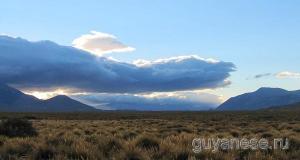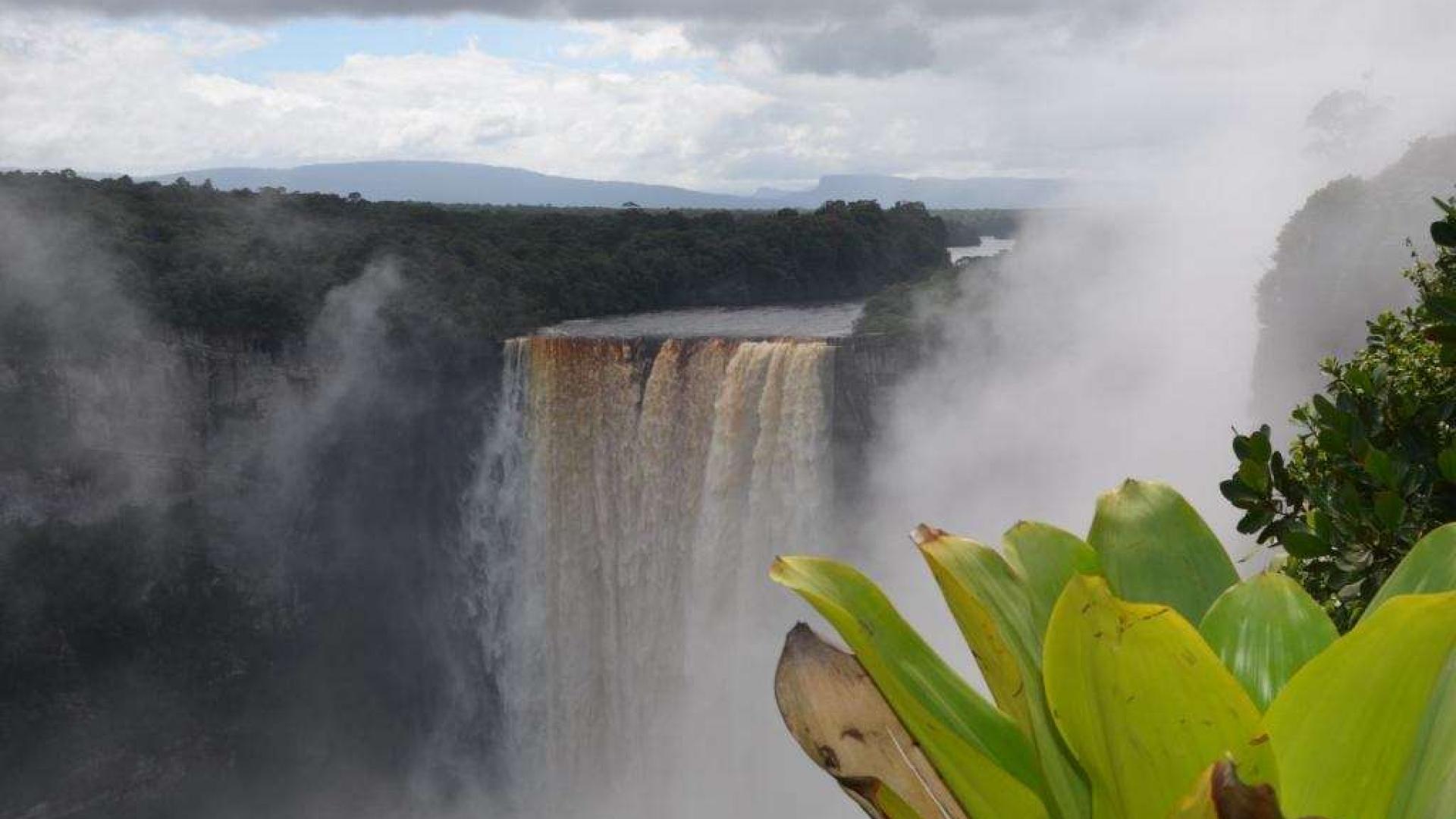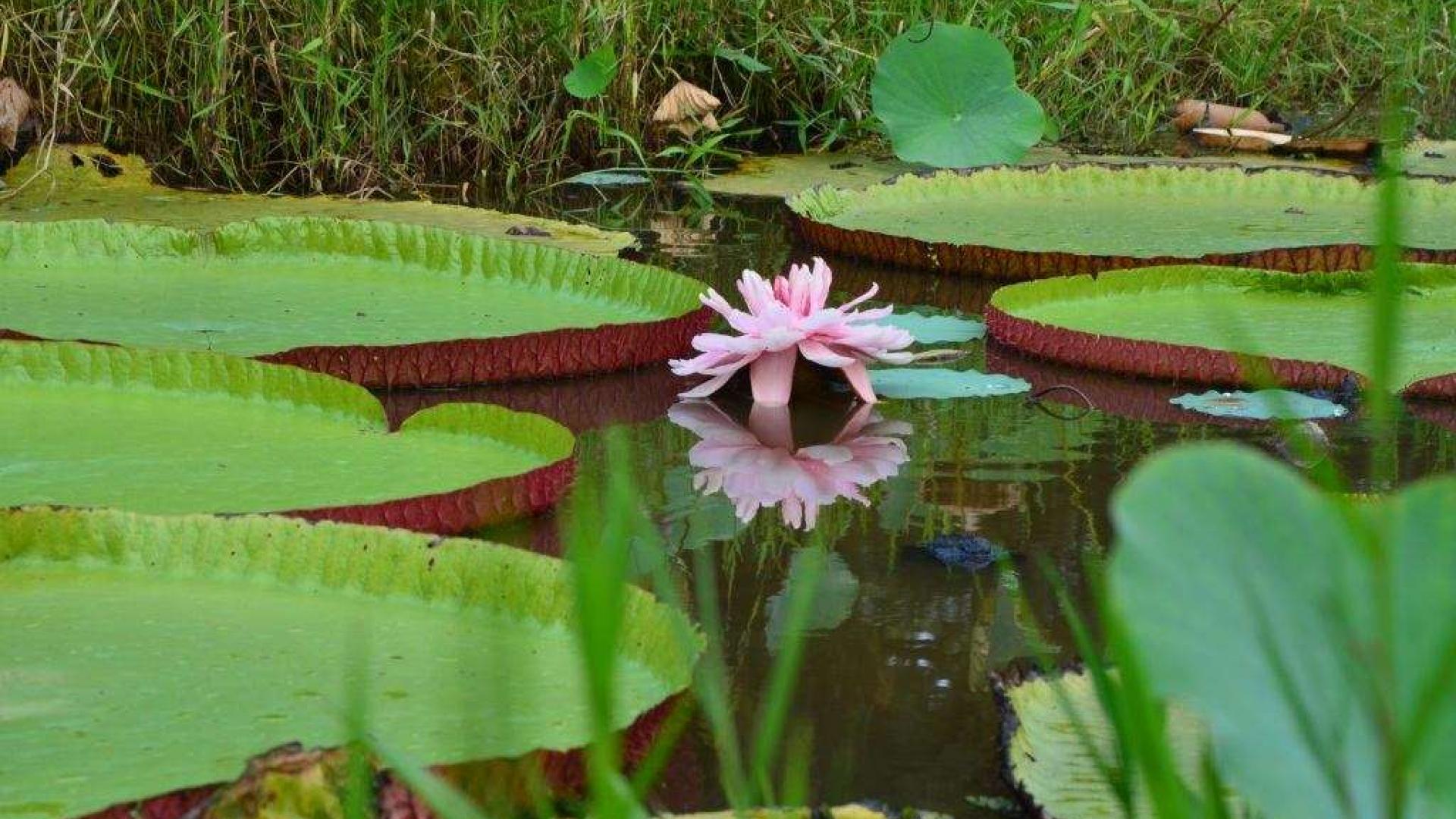Pampa
 What is the pampas? Pampa - steppe belt of subtropical South America. Here, warm winters and frosts rarely falls little rain total to 500 mm per year. In these steppes there are no trees because of recurrent drought periods and highly dense clay soils. Less affected by grazing grasses and fires. Trees are found only on the slopes of the terraces along river valleys. A characteristic feature of pampas is the presence of inland lakes, many of them dry up in summer.
What is the pampas? Pampa - steppe belt of subtropical South America. Here, warm winters and frosts rarely falls little rain total to 500 mm per year. In these steppes there are no trees because of recurrent drought periods and highly dense clay soils. Less affected by grazing grasses and fires. Trees are found only on the slopes of the terraces along river valleys. A characteristic feature of pampas is the presence of inland lakes, many of them dry up in summer.
Water are alkaline because they accumulate in the ash. On this day pampas thickly populated, is home to most of the people of Argentina. Well-developed animal husbandry and agriculture. The soil and root raspashena vegetation has not been preserved, and no reserves. You can meet some native vegetation in the excluded bands along rivers, roads and railways. Pampas landscape has changed, alternate arable land (maize, wheat), sown pasture and planting strips of exotic trees. The former had a rich flora of about 1000 species of grasses and forbs as much. In this vast green sea is calm rider could escape. Mainly dominated by grasses: perlovnik, fire, beaver, feather grass, bluegrass, southern tuesok. Also, the animal world was rich, many rodent species, have survived only one representative of the South American family epidemik Viskachi. Most animals and birds are on the verge of extinction, such as deer pampiysky.
Argentine pampas - stretched flat desert terrain of the Atlantic Ocean to the foothills of the Andes, from the River La Plata and Rio Negro. "Pampa" - plain, translated from the language of Quechua Indians. The landscape of the desert and sometimes monotonous, as if from nowhere to dominate the mountain wanderer, an island in the sea.
Pampa covers 80 thousand square kilometers of territory, such a long length of the Pampa arose due to accumulation of loose rock, broken rock of the Andes. Offering of a pampas mountain streams and rivers wind played a role here drove fine particles of destroyed rock. Power up to 300 m sedimentary strata are in Buenos Aires, and in some places and completely covering the ancient forms of relief. There are no slopes, thus impeding the flow of water thus formed at the expense of Pampa gigantic forces of nature, carved relief, and often altered the work of his creation. In the Argentine pampas today is similar to the Indus-Gangetic plain, but the natural conditions in South Asia are different from Argentina.
There is no slopes and rain water slides, do not form a river. Rainwater accumulates in areas of clay in the hollows and forms Lagunas - Marsh Lake. Most rivers originate in the Sierra pampiyskih, but go farther into the valley lose their power and most of them dry up. Often change the channel of the river, leaving behind floods, which will eventually turn into swamp. Unlike climate between the eastern and western parts explains the difference in the compositions of the soil. In the western part of the hot arid climate - stunted vegetation, most of the land entirely naked. East with high rainfall - dense vegetation.
- Log in to post comments





